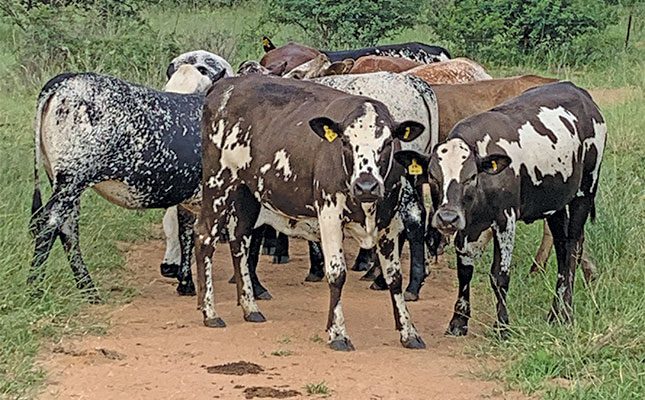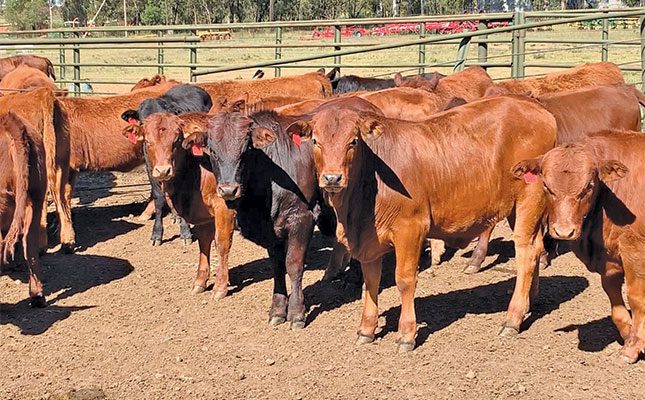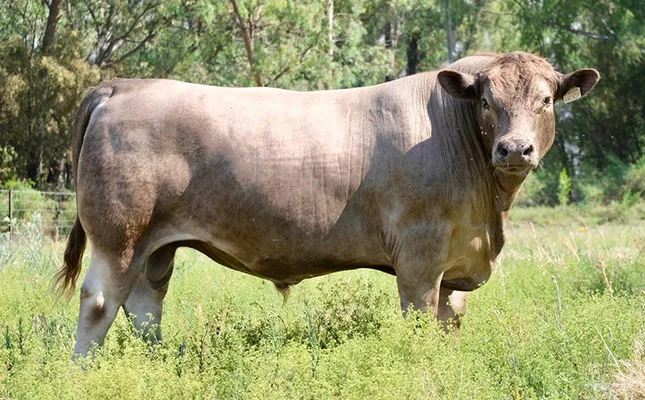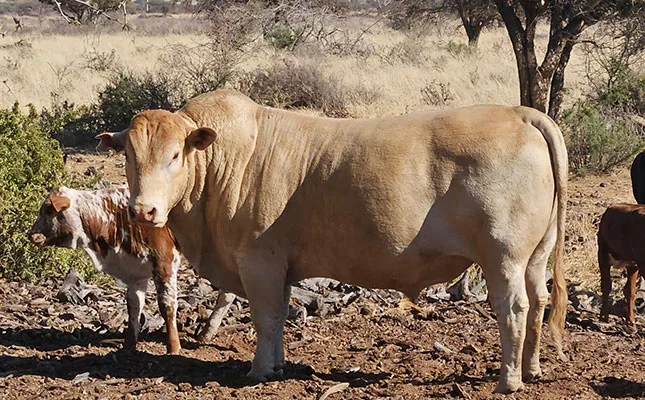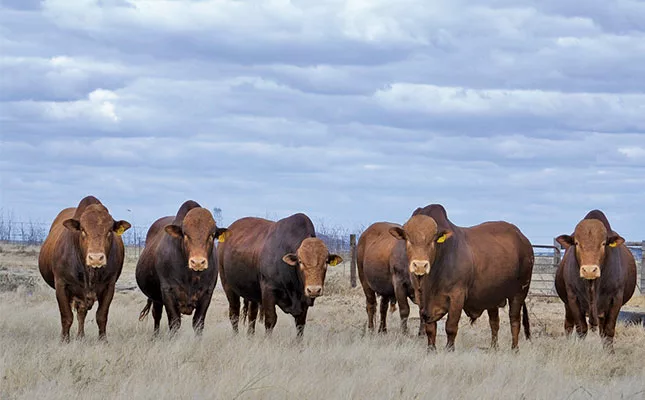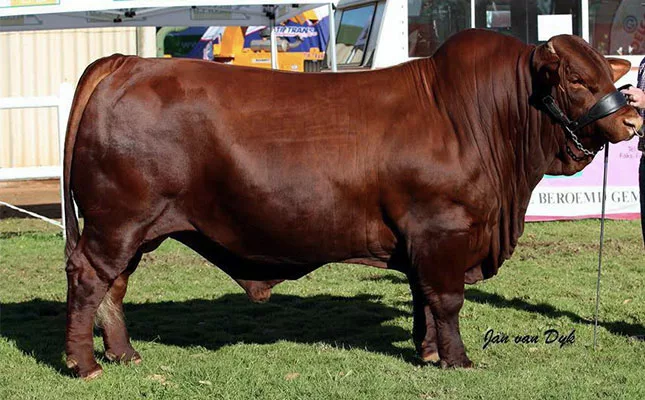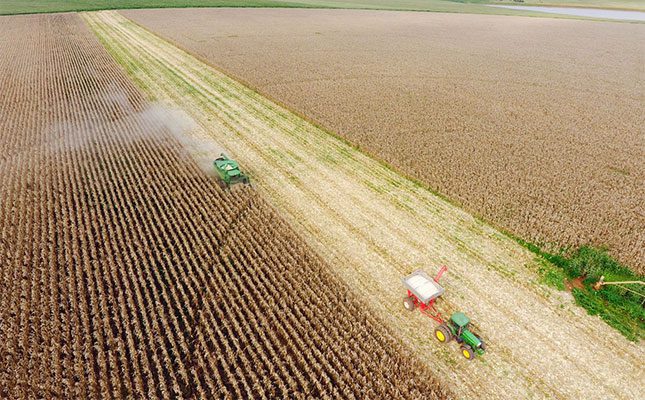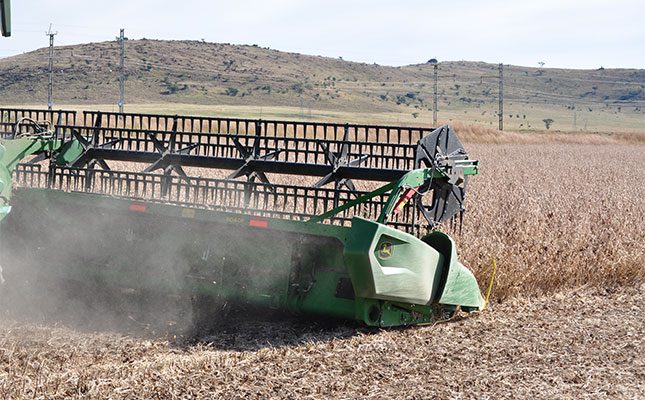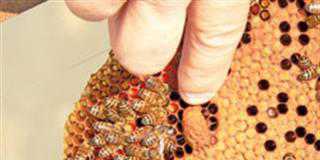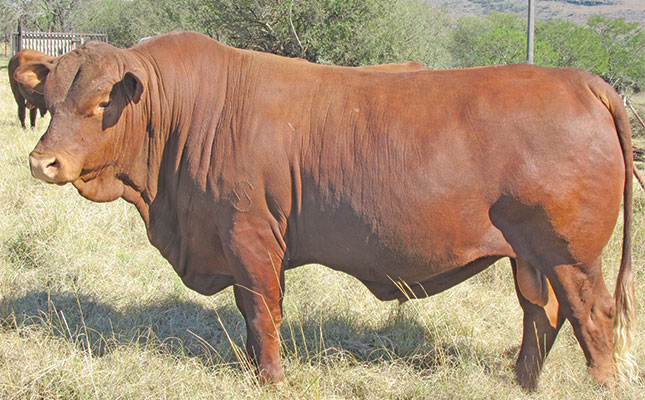
Photo: Supplied
“The Senepol has been a revelation; it ticks all the boxes for our area, as it is farmed extensively on the veld and receives no extra feed,” says Chris Sheard, who registered his Blackpool Senepol stud in 2012.
Today, Sheard runs 300 registered Senepol cows on 2 500ha, including the historic family farm, Blackpool, and two adjoining properties. He says the breed has outclassed several other breeds he has farmed in years gone by.

“I wish I came across the [Senepol] breed much earlier,” he adds. “The discovery, I think, came a little late in my life.”
Producing top Senepol genetics
The Blackpool Senepol herd was launched from 63 carefully selected females – 58 of which had heifer calves at foot – and two bulls sourced from several studs across the country, including Vlotvlei Senepols in Brandfort, Nooitgedacht Senepol in Bloemhof, Vetkragga Boerdery in Riversdale, Calcrete Senepol in Vryburg, and the Kalahari Cattle Co in Vergeleë.
Over the years, Sheard would introduce more genetics and today, the Blackpool Senepol herd is one of the largest in South Africa, a crucial factor when breeding and selecting bulls.
“With 150 bull calves to choose from, you’re casting a wide [genetic] net,” he says. “We cull them down to 25, of which 20 are sold at sales, with the balance sold directly from the farm.”
The quality of Sheard’s 2024 sale bulls was not only illustrated by the South African record price of R165 000 he achieved for one of them at the Senepol National Auction in Excelsior, Free State, but also by the impressive R72 000 average for the 18 bulls marketed at the Eastern Cape Multibreed Annual Production Sale in Cathcart, and the two bulls marketed at the previously mentioned auction in Excelsior.
What has impressed Sheard most about his sale bulls is their solid average daily gain (ADG) over the 80-day period they were being prepared for sale.
For example, in 2021, 10 bulls achieved an ADG of 2,7kg; in 2022, the ADG for 15 bulls was 2,47kg; and in 2023, 25 bulls achieved an ADG of 1,96kg.
With a relatively small national Senepol herd of about 5 000 registered females, Sheard says it is important that South African breeders prioritise introducing international Senepol genetics in their herds to ensure improved genetic diversity.
To this end, a few years ago, Sheard imported Senepol semen from the US. However, he says he was disappointed with the offspring.
“The offspring didn’t cope with the demands of our tough, extensive conditions,” he explains.
Then, in 2024, he visited 5 Star Senepol in Central Queensland, Australia, where he sourced semen that he will be using on selected cows this year. “I’m hoping for better results,” he adds.
A low-maintenance breed
In the past, a major challenge for beef breeds on Sheard’s properties was their inability to utilise the higher altitude sourveld on offer. However, his medium-framed Senepols, weighing on average between 460kg and 480kg, are more than up for the challenge.
“They really climb to graze the sourveld on top of our mountains. Other breeds would graze to a certain height, turn around and head back down again,” he explains.
They receive a phosphate lick (P12, salt, and molasses meal) in summer and a production lick (Dundee Lick Concentrate, salt, molasses meal, and urea) in winter.
Blackpool Senepol females are raised exclusively on veld in an area where tickborne diseases like virulent redwater, heartwater, and gallsickness are prevalent. They are highly resistant to these diseases, due in part to their smooth coats.

Their coats aren’t only crucial for effective heat regulation – Sheard says they graze throughout the most oppressive heat of the day – but also improve their ability to cope with high tick loads.
Sheard recalls that with other breeds, he used to dip every animal every week throughout the entire year. However, with the Senepols, he only dips them about one-third as often, despite the significant presence of game on the property, which exacerbates the tick problem.
Lastly, the polled Senepol’s ability to calve small young at birth results in a female herd that requires minimal management.
“On average, our calves weigh 32kg at birth and look like little duikers. The females simply do not have calving problems,” says Sheard.
“To me, [a lack of] horns is the ultimate gift a breed can give a farmer; it allows me to minimise labour and management demands.”
Breeding and crossbreeding
Blackpool Senepol cows are put to the bull from December to February in multiple-sire herds at a ratio of two bulls for every 60 cows. Heifers are put to the bull at two years old; Sheard doesn’t believe in mating them earlier than that, as he is not willing to feed them in preparation for the bull.
Females achieve a calving rate of between 75% and 80% on the veld, with individual inter-calving periods as low as 360 days, depending on the season.
Not all cows that don’t conceive are immediately culled. “By blindly culling without considering the context, you may lose a lot of good genetics,” explains Sheard.
Cows that do not take the first time are put to the bull in an extra mating season and always achieve a conception rate of 90% or above. On average, cows wean calves that weigh 46% of their own body weight, with heifer and bull weaners averaging 215kg at seven months.
The Senepol has a high degree of heterosis when used in terminal crossbreeding programmes, and for the past three years, Blackpool Senepol bulls have been put to 150 commercial black and red Angus cows (farmed by Sheard’s son, Ian, also in the Cathcart district) with exceptional results.
Year after year, the Angus cows have achieved calving rates of 85% – with no calving problems – producing weaners weighing an average of 230kg.
All in all, it seems like Blackpool Senepols have more than made their mark in the South African beef stud industry and certainly earned their keep on Blackpool, and will no doubt provide Sheard more record prices in years to come.
For more information phone Chris Sheard on 082 375 5920.

